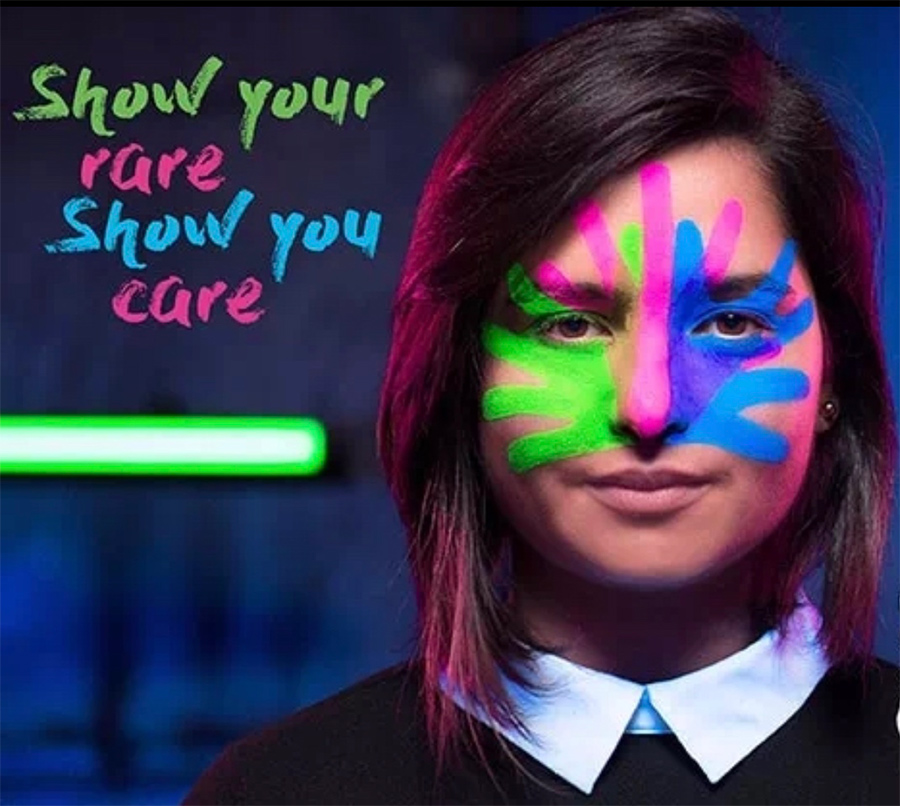Proceedings: DIA China 2018

Patient Engagement
Rare Disease Patient Engagement in China Grows, Draws Government Attention
Jane Cai
Theme Lead,
Senior Advisor,
Chinese Organization for Rare Disorders
Former Managing Director,
DIA China
Dayao Zhao
Theme Lead,
Vice President and Lead,
China Drug Development,
Pfizer
he 10th DIA China Annual Meeting precipitated this annual gathering’s first full-day program dedicated to patient groups in China. Through this program, representatives from government, industry, research foundations, medical research institutes, and non-profit organizations, shared recent successes in better meeting the needs of patient (especially rare disease patient) communities in China.
Key Takeaways
- A five-year hospital research study has collected data on approximately 360,000 cases of diagnoses/treatment for 3,560 types of rare diseases in China.
- The National Health Commission (NHC), China National Drug Administration (CNDA), and other government agencies, have published the first official national list of 121 qualified rare diseases, the first recognition of rare diseases on a national level.
- CNDA subsequently released a guidance policy on using overseas clinical data in support of drug filings and approvals to combat life-threatening conditions and rare diseases.
- The first patient group was established in China in 2000; there are now more than 80 rare disease groups promoting research and care for 60 rare diseases in China.
Patient Groups Growing into Bigger Role in China
The first patient group (for hemophilia) was established in China in 2000. Through the leadership of the Chinese Organization for Rare Disorders, the patient community in China now includes 80 patient groups covering 60 rare diseases. In addition to organizational support, CORD has helped leverage patient groups resources and voice patient needs to pharmaceutical companies for clinical trial study recruitment and drug development. CORD also issues financial grants to support further patient group development, patient services, and communication and education programs, and actively advocates for patients in both national and global policy.
The China lymphoma patient group (known as House 086) was presented as a case study in progress. First established in 2011, this 50,000-patient group became the 68th member of the Lymphoma Coalition, the global lymphoma patient group network, in 2017. It has already collaborated with nine domestic and global pharmaceutical companies for patient enrollment in clinical studies. Each year, House 086 joins global Lymphoma Day efforts through workshops and other education programs to advance awareness of this disease and the need for patient services.

Left to right:
Ms. Selina (Shanshan) Guan, Shire China; Dr. Xiaowei Jin, Hua Medicine, China; Dr. Shuting Li, Clinical Research Public Funds (Beijing Century Charity Foundation); Mr. Kevin Rufang Huang, CORD; Ms. Jane Cai, CORD; Mr. Fei Hong, House 086 (Patient Group); Ms. Yun Wu, Roche; and Mr. Jialing Liang, HealthPoint.
Government and Academic Research Perspectives
Five Chinese government agencies have published an official national list of 121 qualified rare diseases. This first recognition of rare diseases in China on a national level is considered a major milestone for orphan drug developers. CNDA has also issued a guidance policy on the use of clinical data obtained from overseas in support of drug filings and approvals for life-threatening conditions and rare diseases. These documents are widely seen as catalysts for further innovation and market development for orphan products in China.
The government is also developing a framework for a new National Rare Disease Registry System of China (NRDRS), a national database and rare diseases knowledge base with information on disease mechanisms and effective interventions.
Research conducted at Peking University No.1 Hospital, a member of the rare disease working group of the Beijing Medical Association, was also presented. This five-year research program, conducted since 2013 at 32 hospitals in Beijing, has now collected data on approximately 3560 types of rare diseases through nearly 360,000 cases of diagnosis and treatments, and has also resulted in the establishment of the national medical services data center, which covers 24 provinces/cities and 96 Class-A hospitals throughout the nation.
In a related innovation, the NHC has begun using health technology assessment (HTA) as input into the process for developing better medical insurance plans for rare disease patients in China.
Regulatory and Industry Perspectives
While stakeholders agreed that these recent government publications mark a great start for accelerating R&D for innovative new orphan drugs for the China market, significant challenges remain. There is a general lack of understanding and awareness of rare diseases, and of clinical research education and training, among both medical professionals and patients. Resources for and approaches to patient support groups and services for rare diseases vary widely, as do expertise and experience in rare disease diagnosis and treatment, and information about clinical research (especially multiregional clinical studies).
Other presentations in these sessions explored best patient engagement practices in clinical development and regulatory oversight, such as:
- Public hearings will help develop regulatory policies more responsive to patient needs
- Working with patients to identify endpoints and outcomes will help bridge the gap between clinical trial data and real-world data
- Emerging metrics for generating data to quantify return on patient engagement will continue to move this field forward.
Show Your Rare, Show You Care!
(Official slogan of annual Rare Disease Day, each February)


Show Your Rare, Show You Care! (Official slogan of annual Rare Disease Day, each February)
Other presentations in these sessions explored best patient engagement practices in clinical development and regulatory oversight, such as:
- Public hearings will help develop regulatory policies more responsive to patient needs.
- Working with patients to identify endpoints and outcomes will help bridge the gap between clinical trial data and real-world data.
- Emerging metrics for generating data to quantify return on patient engagement will continue to move this field forward.

